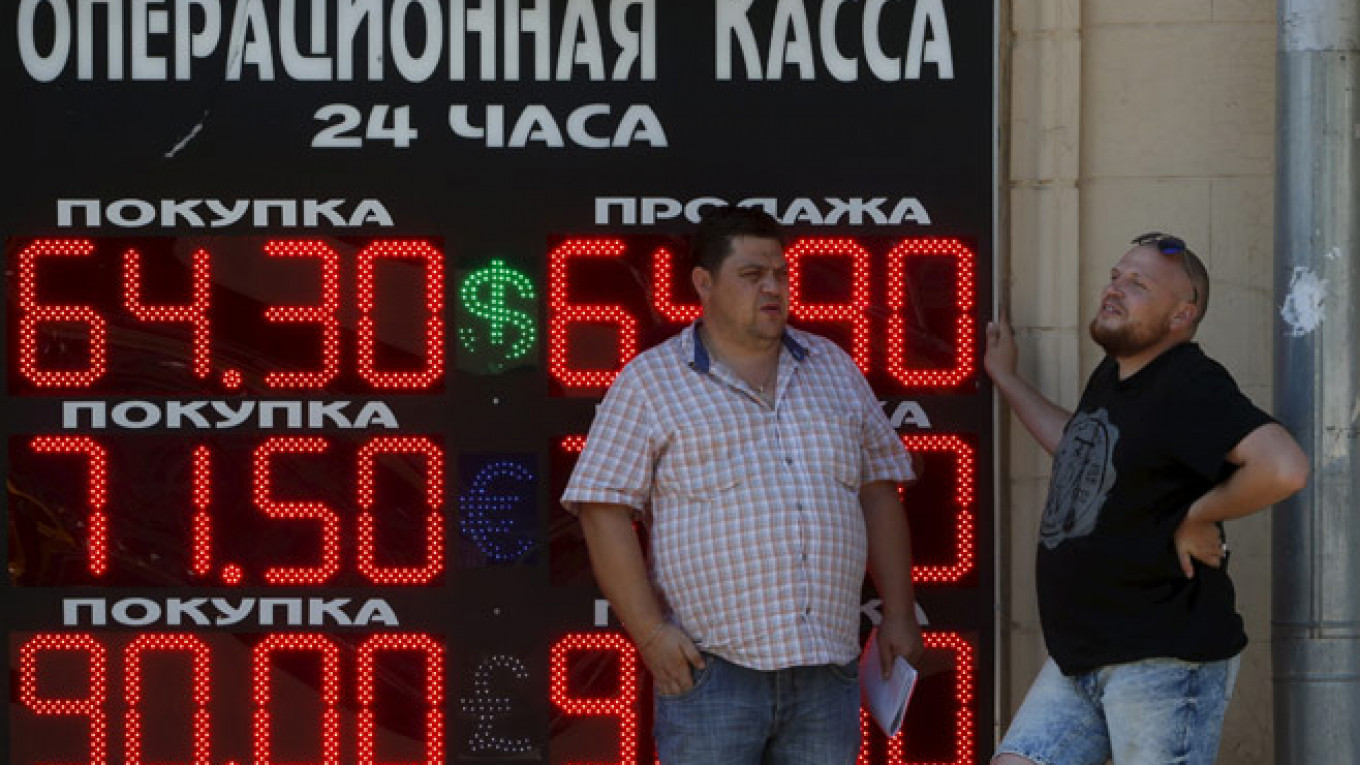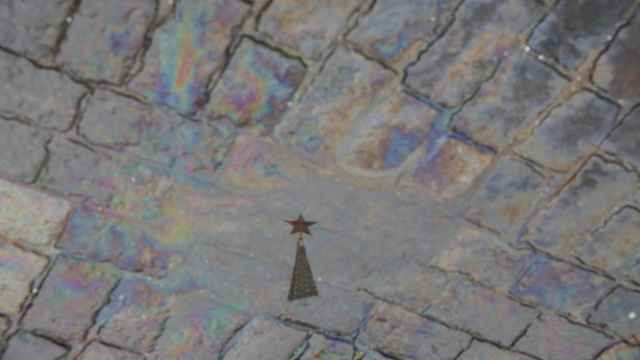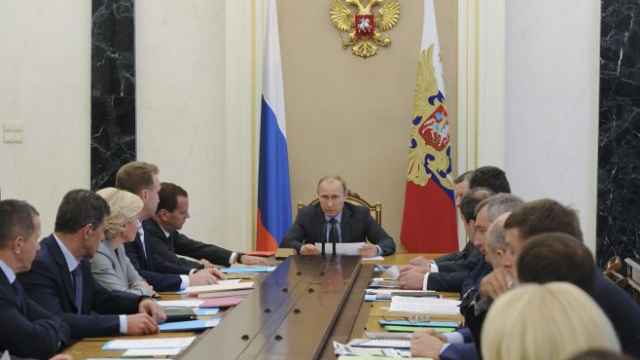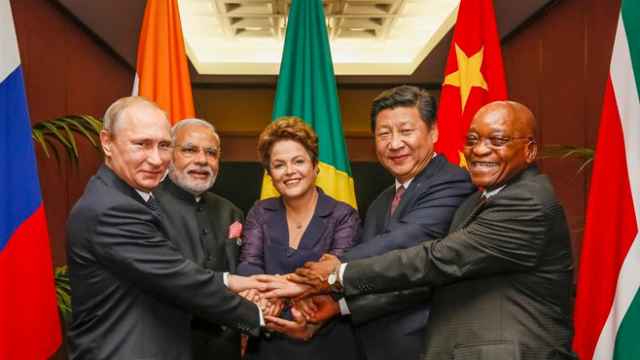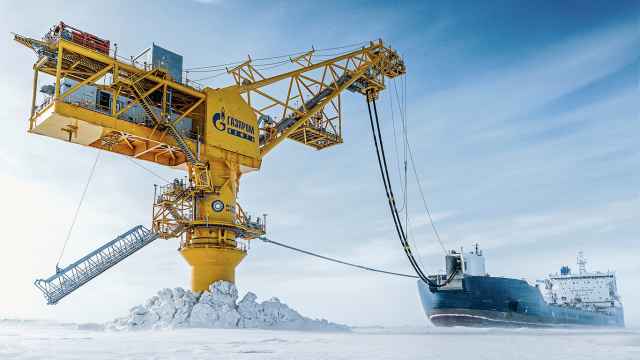That Russian GDP contracted by 4.6 percent in the second quarter comes as no surprise. That is a preliminary estimate and may well end up closer to a 5 percent decline when the second reading is published. It will also not be a surprise if the decline in this current quarter is equally poor. But even with that worsening backdrop the full year decline should still be close to 3.5 percent rather than anything significantly worse. That is because the fourth quarter drop will be smaller and likely closer to the 2.2 percent decline recorded in the first quarter.
That, however, is not to be taken as evidence of optimism that Russia will be pulling out of the slump by year end and resuming growth; it is simply the mathematical result of the base-effect, as the economy was already in significant decline toward the end of last year.
The main factor which will determine whether the consensus is correct or overly optimistic is the ruble exchange rate. More than anything else the ruble is very much like the single bolt which holds a hang-glider together. If it breaks then the glider will fall to earth and the pilot very likely killed.
The reason why the ruble has that critical role is because, on the one side the ruble exchange rate is the end result of several other elements, such as the oil price, global currency trends and the actions of the Central Bank. On the other side are the many consequences of where the ruble trades and that list includes inflation, interest rates, the competitiveness of domestic industry and, most important, end consumer and industry owner confidence.
That the rally in the oil price, which brought Brent up to $68 p/bbl in mid-May, was unsustainable was evident. It was a speculative move prompted by optimism that the weakness of late 2014 would force U.S. shale producers to close some wells and would lead to a supply cut from OPEC. In reality nether was ever likely as U.S. producers are working on a marginal cost while Saudi Arabia has made it very clear that, for them and their core allies inside OPEC, this is a battle about longer-term market share.
The International Energy Agency (IEA) has recently cut back its growth forecast for U.S. oil output but is still expected a gain from 11.9 million barrels per day (mln bbl/d) in 2014 to an average of 12.7 mln bbl/d this year and rising to 13 mln bbl/d for 2016.
Saudi Arabia has recently cut back slightly from the near record high of 10.6 mln bbl/d in produced in June but is still well ahead of the 9.6 mln bbl/d it averaged last year. On top of that, almost all other producers are pumping near maximum, including Russia which has so far been unaffected by sanctions and is pumping at a post-Soviet high.
To that we have to add some extra Iranian output. It will take many years and billions of dollars of investment to build up the country's output to potential but it can relatively quickly add an extra 500,000 mln bbl/d. For a market which is already over-supplied by 1.5 mln bbl/d the consequences are obvious.
The other factor which is likely to hurt the oil price in the coming months is the expected rate rise by the U.S. Federal Reserve Bank. The evidence is that this is a question of when rather than if. When that happens we can expect some further strengthening of the U.S. dollar and that, historically, is always a negative for the oil price.
How far the oil price may slide is always a difficult question. Traders will keep in mind the 2009 support price of $42 p/bbl while other speculators may be tempted into the market in the mid-$40's p/bbl, as they were earlier this year, because of the risk of output disruptions from large producing nations, such as Venezuela, which are now facing severe financial problems, or as a result of an expansion of the various conflicts across the Middle East.
A voluntary cut in output by either U.S. shale producers or by Saudi Arabia seems most unlikely while any cut from Russia is impossible.
So, faced with either further weakness in the oil price or, at minimum, an extended period of low oil, what may we expect to see as a response from the Central Bank? In previous years we would have expected the Central Bank to use a period of oil stability to try and rally the ruble with interventions. Those days have gone.
Over the past six months we can see that government policy towards the ruble has shifted 180 degrees. Today the policy preference is for a weak ruble.
The key message that a weaker ruble is better than a strong ruble started to be better understood when the first quarter macro report showed a significant gain in some parts of domestic manufacturing as a result of the competitiveness boost from the ruble weakness in late 2014.
We also now hear government officials linking the more "competitive" currency with the import-substitution strategy. The same can be said for the plan to try to boost exports in sectors outside of extractive industries. A more "competitive Russia" may also become one of those slogans to be associated with this crisis.
One of the reasons why the second-quarter macro performance was weaker than in the first quarter is because the ruble strengthened too quickly over the first four months of the year. It meant that there was less of the positive import-substitution impact seen in the previous quarter. The current ruble weakness should help at least partially address that in the coming months.
The second reason why a weak ruble is now preferred is because it makes the Finance Ministry's job of trying to keep the budget deficit low a lot easier.
So what is the ideal exchange rate? We know from comments made by both the economic development and finance ministers that they are happier with an exchange rate at 55.0 against the dollar rather than below 50. The Central Bank also supports that and announced that it would rebuild FX reserves (to a target of $500 billion) in periods where the ruble strengthened too far. At the other end of the scale an exchange rate at 65, or worse, against the dollar will start to ring inflation and confidence alarm bells.
In many ways the ruble equation is a lot less complicated than it used be. We no longer have to worry too much about speculative actions or even the contagion from Beijing's actions, i.e. other than in so far as this may further strengthen the U.S. dollar or weaken the oil price. Today the ruble equation is a straightforward balance between where the oil price trades and what the Central Bank does in response.
The optimistic view is that, at best, both the ruble and oil will hold near current levels into the autumn. There really is no basis for assuming a meaningful rally in either over the medium term. The greater likelihood is that the price of Brent crude will drift further down in the coming weeks and that would then push the ruble into the high 60's against the dollar.
In that event, apart from some ad-hoc interventions to prevent a steep decline or a return of volatility, there is no reason to assume the Central Bank will take any meaningful, i.e. expensive, actions to prevent the ruble sliding toward the 70 mark.
Chris Weafer is a senior partner with Macro Advisory, a consultancy advising macro hedge funds and foreign companies looking at investment opportunities in Russia.
A Message from The Moscow Times:
Dear readers,
We are facing unprecedented challenges. Russia's Prosecutor General's Office has designated The Moscow Times as an "undesirable" organization, criminalizing our work and putting our staff at risk of prosecution. This follows our earlier unjust labeling as a "foreign agent."
These actions are direct attempts to silence independent journalism in Russia. The authorities claim our work "discredits the decisions of the Russian leadership." We see things differently: we strive to provide accurate, unbiased reporting on Russia.
We, the journalists of The Moscow Times, refuse to be silenced. But to continue our work, we need your help.
Your support, no matter how small, makes a world of difference. If you can, please support us monthly starting from just $2. It's quick to set up, and every contribution makes a significant impact.
By supporting The Moscow Times, you're defending open, independent journalism in the face of repression. Thank you for standing with us.
Remind me later.



